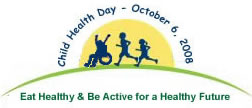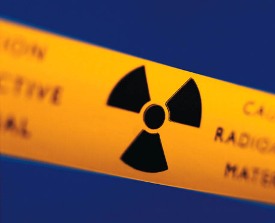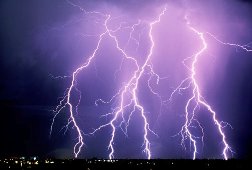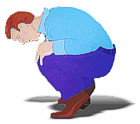 New Label Warnings on Over-the-Counter Children's Medicines
New Label Warnings on Over-the-Counter Children's Medicines
By: Stephanie | November 17, 2008 | Category: Health
 They are the doctor's words that send chills up a parent's spine.
They are the doctor's words that send chills up a parent's spine.
"Discontinue giving your baby that medicine immediately!"
A routine call to my baby's doctor last week left me more concerned than I was before I called about his lingering cold. Apparently the over-the-counter antihistamine that the pediatrician had prescribed for him was no longer recommended for babies.
The panic I felt was too similar to last year's discovery that my infant son's baby bottles contained the potentially harmful chemical, bisphenol A. And the shock I had several months later when over-the-counter infant cough medicines (including the one prescribed for my little guy) were taken off the market because they were potentially harmful.
I delved into the Internet to learn what I could about the most recent change in the minimum age for certain medications. I found that it was the latest development during an ongoing study by the U.S. Food and Drug Administration (FDA) of over-the-counter children's cough and cold medicine, an annual $2 billion industry.
In January, FDA issued a nationwide Public Health Advisory recommending that these products not be used in children under the age of two because of the risk of serious and potentially life-threatening side effects.
Now, the Consumer Healthcare Products Association (the nonprofit for over-the-counter medicine companies) has announced that its members are voluntarily modifying their cough and cold medicine labels to state "do not use" in children under four years of age—a move that FDA supports. The companies are also introducing new child-resistant packaging and new measuring devices for the products.
The labels will change in the coming months, says FDA, while the medicines' availability will not be affected.
You can see a list of the products that will sport the new warning labels. You might also be interested in FDA's tips for giving over-the-counter cough and cold medicine to children, and information about giving nonprescription medicine to children in general.
You can also subscribe to FDA's e-mail lists. I signed up for its press releases and consumer health information to hopefully help me know sooner if there's a change in an over-the-counter children's medicine that my little guy's taking.
Have you been affected by a recall or relabeling of a children's medicine?
![]()
Permalink
| Post a Comment
| View Comments [2]
| ![]() E-mail This Entry
| Tags:
children
cold
cough
drug
label
medicine
nonprescription
over the counter
stephanie
warning
E-mail This Entry
| Tags:
children
cold
cough
drug
label
medicine
nonprescription
over the counter
stephanie
warning

 The other day, I was startled to notice my 14-month-old watching me while I ate an apple. When I peeled it and handed it to him, his eyes lit up as he bit into it like a big kid (until he accidentally dropped it and our
The other day, I was startled to notice my 14-month-old watching me while I ate an apple. When I peeled it and handed it to him, his eyes lit up as he bit into it like a big kid (until he accidentally dropped it and our  Did you know that the
Did you know that the 
 Lightning has been called
Lightning has been called 